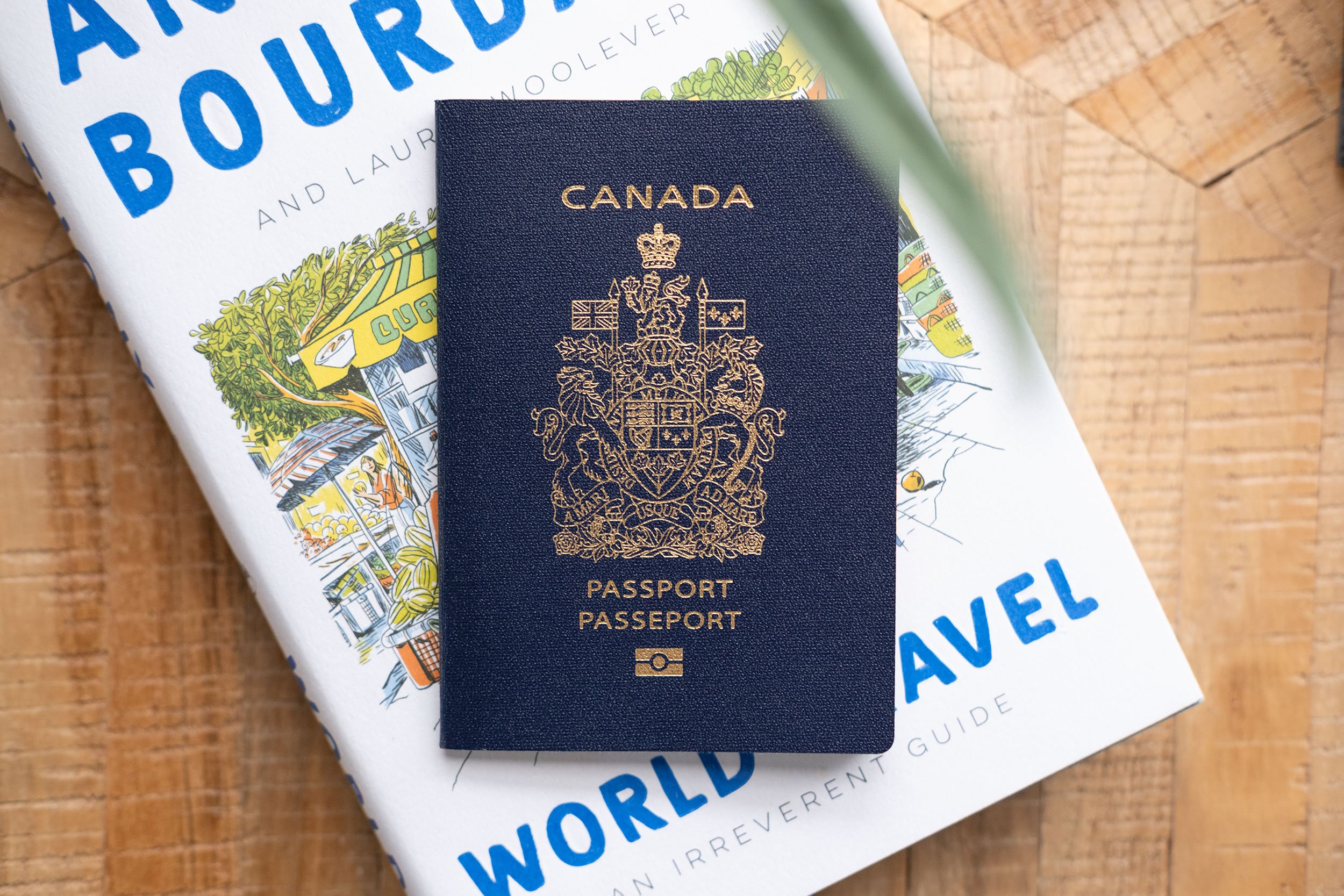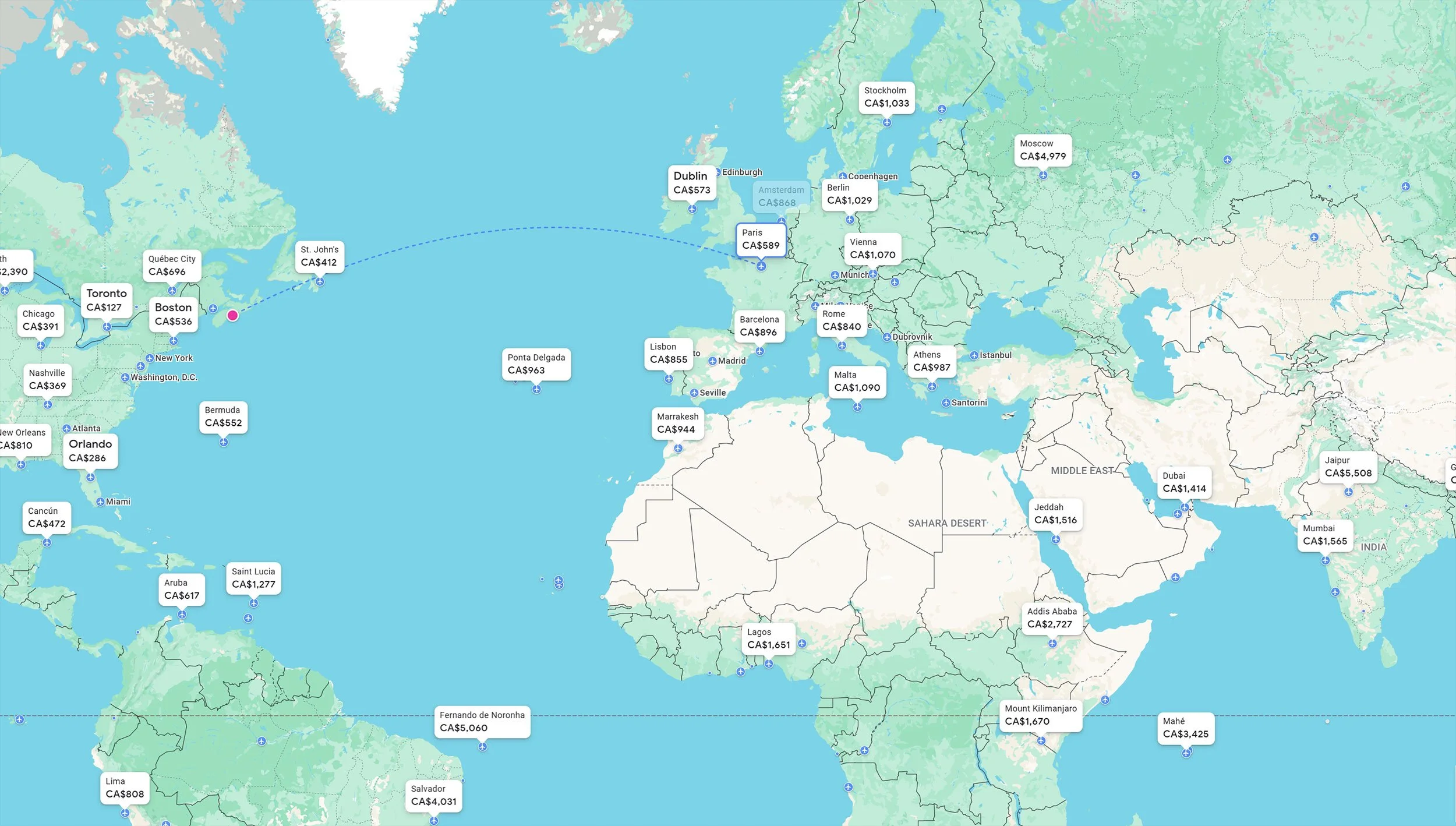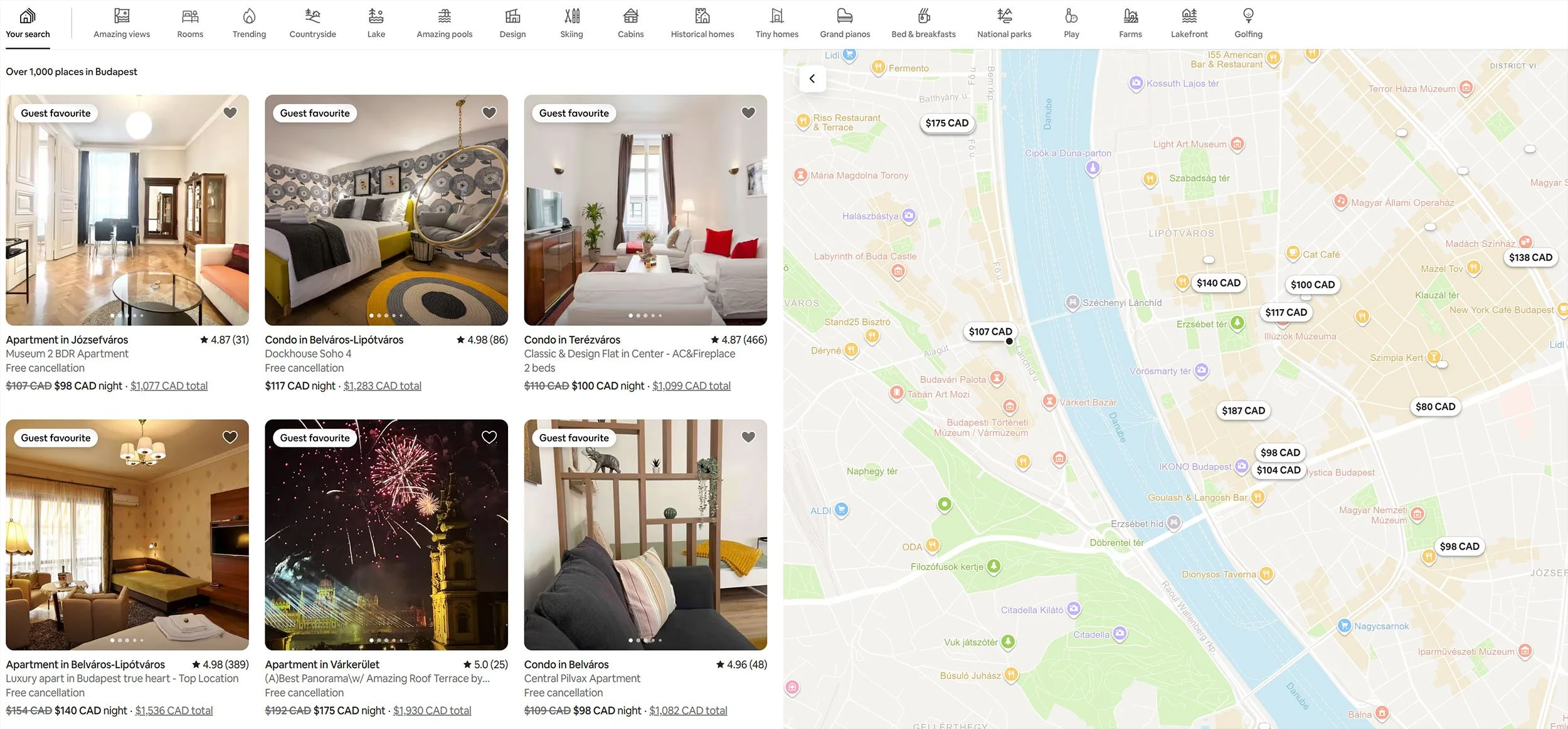My Perfect Guide for Budget Travel Photography
I discuss travel and travel photography quite a bit on this blog. I’m thinking about where to travel next, discussing details around what I already have booked, or discussing travel I recently returned from. Travel has become a big part of my life, and my satisfaction from doing so is unmatched. When I combine that with my love and passion for photography, they are incredibly fulfilling. There are still deals that pop up periodically, and some affordable destinations are still out there. However, there is no argument that, along with everything else, travel continues to become more expensive. As prices rise across the board and more fees are introduced, it becomes challenging to stay within a budget. In this post, I want to discuss some travel tips and considerations to help you get the most out of your dollar when travelling.
An important note: I depart from Halifax, Canada, which is not always the cheapest airport to fly out of. There isn’t an abundance of direct routes either. However, this guide should be widely applicable for the most part, regardless of where you are travelling from.
1. Finding Budget-Friendly Destinations
When looking for my next destination, my first visit is to Google Flights. I enter my departure airport (Halifax), make sure the currency is on CA, and explore the map. I don’t enter an arrival location. Instead, I drag around the global map and zoom in on areas to see what prices come up for return flights. (for less popular or smaller airports, you may have to zoom in further)
If I’m flexible, I’ll keep it to the default timeframe of “one-week trip in the next six months.” I search for return flights, so once I find a destination I want to explore further, I try to see what a duration of 10 days to two weeks or more would be like. Sometimes, you can find the same price for a return flight when extending the return flight past the defaults by a few days or a week or two.
I use the above method to find the best airport to arrive at, usually directly or with a maximum of one stop. I then start looking for return flights from my first arrival airport to see if it is feasible to visit other areas while there, both in terms of cost and flight times. For example, last year, I found a return flight from Halifax to Florence, but I went to Bologna by train, Bari by plane, and Matera by bus. I used Florence as my hub.
Google Flights is the fastest and easiest way to find flight deals. If I see something I want to book, I always book with the airline, never through a third party, as they are a nightmare if there are delays or cancellations.
Important Tip: Ensure your flight includes overhead bin access or a checked bag. More on this later.
2. Be Mindful of Your Accommodations
If a place is popular and in season, accommodations will be expensive. You need to weigh the costs and benefits of where you stay, as the most convenient accommodations are usually the most costly. In addition, peak season will see a dramatic increase in the scarcity of accommodations in hotels and Airbnb. Start looking for accommodations as early as possible, and if booking, make sure it’s refundable. Both hotels and Airbnb have differing rules, but if you are booking Airbnb, I’d recommend finding one that provides a full refund as close as possible to your arrival date, ensuring you will get all or most of your money back if you need to cancel your plans.
I’d recommend knowing what things you want to see and what areas you want to visit in a city, as well as the main areas and looking for a convenient place. The further from the main areas, the less expensive Airbnbs generally are. If you want to stay further away, that’s great. But if you plan to walk daily to specific areas, you may wish to get a place closer. Everything adds up, and if you are taking public transportation, it’s an added cost. If you are walking, that’s an added cost of your time and energy.
Destination choice is key when travelling on a budget, as the cost of staying at places varies significantly from country to country. However, North America and Europe generally seem the most expensive, whereas Africa and South America seem the most affordable. Most times, finding the flights to a destination is the logical first step, but looking at accommodations during different times of year is also a good first option. For extended stays, it’s not difficult to find longer, affordable stays, especially in the off-season. Finding more affordable accommodations can significantly help alleviate the cost of flights.
I researched the most affordable destinations, partially out of curiosity about potential destinations and partly to add some context to this critical step in saving on travel. So, what are the most affordable destinations currently for travel photographers?
South America, including Ecuador, Bolivia, Columbia, and Peru.
Eastern Europe, including Budapest, Hungary, Romania, and Bulgaria.
Southeast Asia, including Thailand, Cambodia, Vietnam, and Indonesia.
I have yet to visit any of those destinations, but based on my experience, South Africa was also an affordable destination.
3. Travel Light
I was looking at a flight early this week and noticed that overhead access was not included. It is now something to be aware of. Check what kind of baggage allowance is included in your final cost. Airlines are notorious for adding fees and maximizing profit wherever possible—such as charging for items and conveniences that used to be included at no additional cost. If possible, do a carry-on only. It will save you money, and you’ll rarely worry about lost or delayed luggage.
If you travel to explore and take photographs, you’re lucky, as you will probably not need too many different “outfits.” Pack only what you’ll need—no extra stuff. Wash your clothes at your Airbnb.
4. Sims and eSims
When travelling abroad, you will want to use your phone. You should look into physical and international SIMs or eSIMs for use outside your home country. There are plenty of providers to choose from.
It’s difficult to recommend a provider because what is best depends on where you are going and where you are travelling from. Some work better in certain countries, and the data and options needed will determine the cost. Do some research, read numerous reviews, and don’t pick the first one that pops up. There are many options. eSims are competitive, so look for the right one for your travel needs.
5. Find Free Activities
When travelling, there are many options for free activities. Markets, festivals, parks, beaches; there are plenty of things to do that can be free. However, you’ll want to research what you plan to photograph as there can be costs to some sights and attractions. For example, in Barcelona, we paid for a tour of the La Sagrada Família Basilica. I felt it was worth the money as it provided the history and background of the attraction, and it allowed us to skip lines. We also tried Park Güell. Tickets were sold out for the day, and we didn’t get in. Buying advance tickets will guarantee entry and oftentimes be cheaper than same-day purchases. Also, some attractions are offered at reduced costs or are free on certain days of the week. Realistically, you can explore an entire city without paying for entry to anything, but if there is a must-do for you, it makes sense to structure your timeline around it and get tickets as soon as possible.
6. Cheaper Food Options
I love good food, and I love a great dining experience. It can be one of one of the most memorable parts of a trip. The feeling you enjoy and share with others is often reflected on long after returning. Sharing a meal with someone can be unique in a world where we are becoming more connected yet isolated. It’s not just the food; it’s the conversation, the sharing of food, and the experience that comes from a shared meal.
However, dining doesn’t have to be in a restaurant. Planning to prepare something together at your Airbnb can save significant cash and be a fantastic activity. I always find that browsing supermarkets when travelling is a fun part of the experience. Seeing what’s available and what you can do with it is a great way to spend an afternoon in a park or cap off an evening after exploring.
Buying and preparing your food is a great solo travel option, too. You can still find unique, easily prepared foods that are not expensive.
Other Notes
Travelling in the off-season makes sense; however, sometimes that isn’t possible or even the best choice. There are reasons people don’t travel as much during these times. Weather can be unpredictable, there may be limited services and attractions, your destination may be less lively, or there may be limited transportation options. But if you have the flexibility and are not too concerned with those things, the off-season is a great way to save money overall. Travel, accommodations, attractions-everything is cheaper, and you’ll also have fewer crowds to deal with.
Buy less. I rarely buy anything when travelling. Maybe a magnet for the memory, but I keep all my event tickets, take business cards from restaurants, and hold onto pamphlets. These cost nothing and are authentic mementos from travelling. It’s difficult to bring much back, as I usually carry on only, and space is limited. Also, avoid duty-free. It’s enticing, and the time at the airport makes it even more so.
Have and use a good travel credit card. What is a “good” travel credit card? I use a credit card that does not have a yearly fee or charge foreign exchange fees on purchases. It’s common for a credit card company to charge a foreign currency conversion fee of 1% or more on purchases. A small amount can add up, depending on your spending and where you spend it. It’s an easy cost to avoid.
Conclusion
I strongly advocate saving money where possible, and there are numerous ways to make wise travel decisions. Travel photography can be expensive, but you can save money with the right timing, patience, and preparation. Some expenses can be avoided easily, but others must be carefully considered.


